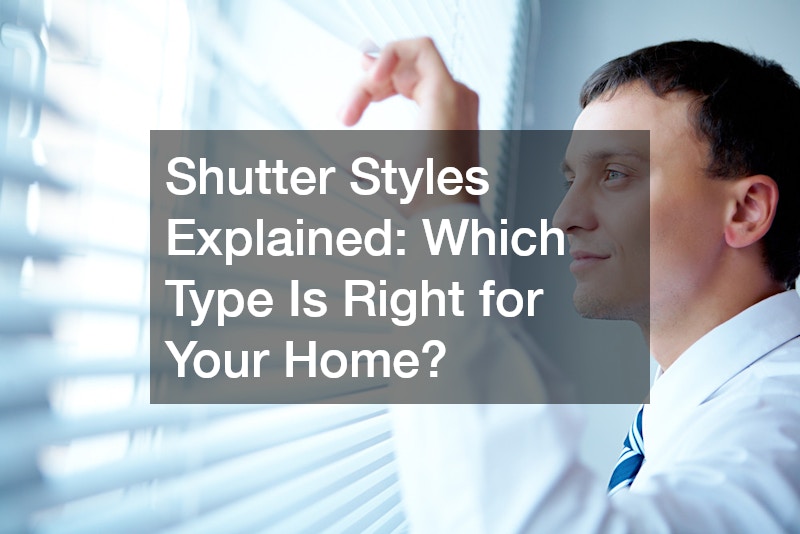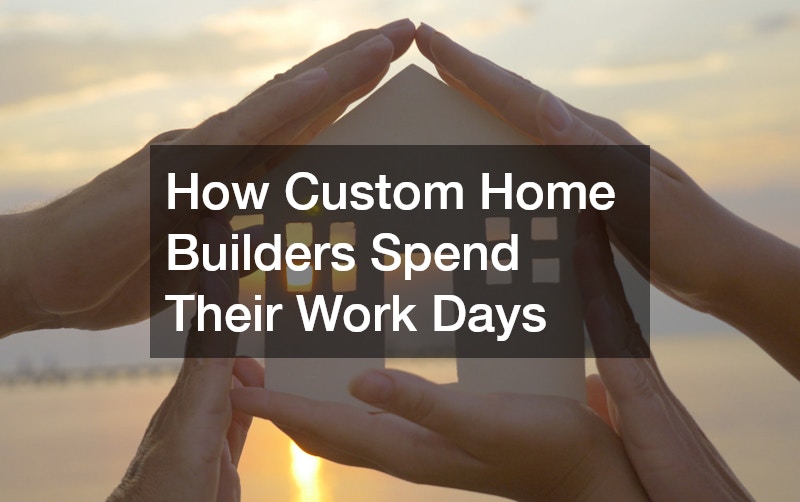Choosing the right shutters for your home can elevate your property’s street appeal, enhance privacy and improve energy efficiency. With a variety of shutter styles available, selecting the best fit for your lifestyle, aesthetic and climate can be overwhelming.
Understanding the differences in function, material and design is essential to making an informed decision. Whether you’re renovating an existing space or building from scratch, the right style of panels can add lasting value and character to your home.
Plantation Panels for a Timeless Look
Plantation panels are one of the most popular styles found in Australian homes, especially in coastal regions and suburban properties. Known for their wide, horizontal slats and timeless appeal, plantations offer excellent light control, insulation and privacy. Typically made from timber, PVC or composite materials, they’re a practical and attractive solution for interior spaces.
Timber plantation panels bring warmth and natural texture, suiting homes with traditional or Hamptons-inspired interiors. For moisture-prone areas such as bathrooms and kitchens, PVC options provide a more durable and low-maintenance alternative. These panels are hinged, allowing them to be swung open and their adjustable louvres mean you can control sunlight and airflow with ease. While they can be more expensive upfront than other window treatments, their longevity and energy-saving benefits make them a worthwhile investment.
External Aluminium Shutters for Harsh Climates
For homeowners looking to protect their properties from strong sun, wind or storm conditions, external aluminium is a robust choice. Engineered for outdoor use, they’re ideal for enclosing patios, balconies or alfresco areas without compromising on ventilation. These are designed to withstand Australia’s extreme weather, offering both shade and security.
Aluminium panels come in fixed, sliding, hinged or bi-folding configurations, allowing you to customise the design to suit the architecture of your home. Powder-coated finishes in a range of colours make it easy to match your exterior décor. While primarily functional, they also lend a sleek, modern aesthetic that complements contemporary homes. These panels provide an effective barrier against the elements while maintaining visibility and airflow when needed.
Café Style for Street-Level Privacy
Café style panels, also known as half-height, are a stylish and practical solution for ground-floor windows where privacy is a priority. Covering only the lower portion of the window, they allow natural light to flood in through the upper section while shielding the interior from street view. This makes them particularly well-suited to urban homes, townhouses or heritage cottages with windows facing footpaths.
Often crafted from timber or faux wood, café style panels add a decorative charm to dining rooms, kitchens or front-facing lounges. While they don’t offer full window coverage, their design balances aesthetics with privacy, making them an appealing choice for character homes where architectural features are worth highlighting.
Solid Panels for Complete Blockout
For those who value total privacy and maximum light control, solid panels are an excellent choice. These feature solid inserts rather than adjustable louvres, offering a complete blockout solution that’s ideal for bedrooms, nurseries or media rooms.
Solid panels are often used in heritage homes or traditional settings where authenticity is important. When closed, they insulate against both noise and temperature fluctuations and when open, they fold neatly to the side, revealing the full window view. While they don’t allow for partial light filtration like louvred panels, their strength lies in their simplicity and effectiveness.
Customising panels for Your Home
When selecting the ideal shutters, consider the unique needs of each room and the overall design language of your property. For example, a Queenslander home with wide verandas might benefit from external aluminium shutters to provide year-round outdoor comfort, while a Victorian terrace could be enhanced by timber plantation panels that reflect its heritage charm.
Colour, finish and material should also be tailored to your environment. Homes in coastal areas may require moisture-resistant materials, while inner-city dwellings might prioritise acoustic insulation. They can also be motorised for added convenience, particularly for hard-to-reach windows or as part of a broader home automation system.
Remember that the functionality of it extends beyond their visual appeal. Their ability to regulate temperature, protect from UV rays and offer privacy makes them one of the most versatile window treatments available today. It’s worth consulting with a professional to ensure they are properly measured, installed and suited to your lifestyle.
.




